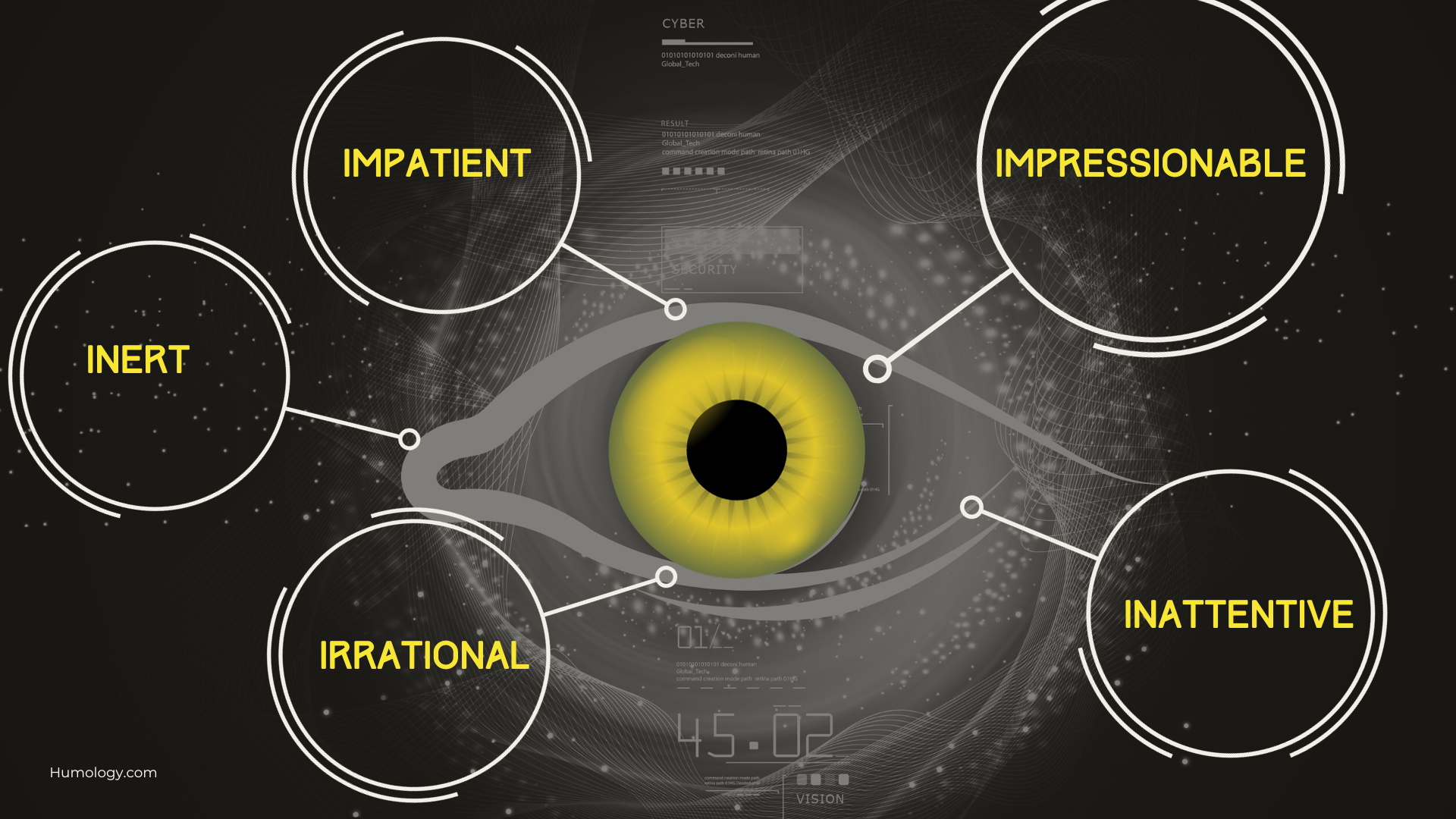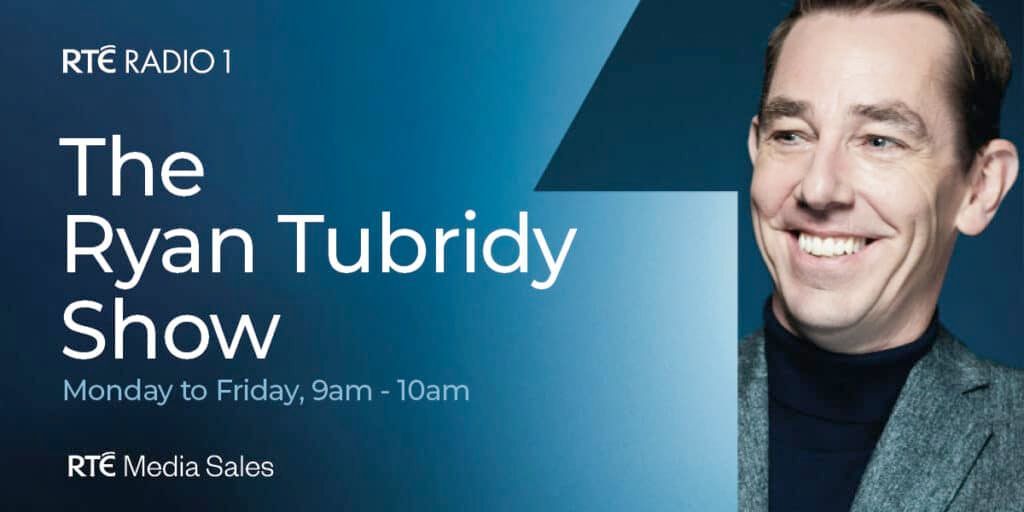The Importance of Communication for Start-Ups
“The single biggest problem in communication is the illusion that it has taken place.” When George Bernard Shaw said this in the last century, he didn’t have start-up founders in mind, but his advice is still very relevant today, and especially important for start-ups.
Most start-up founders are obsessed with their business or product idea and rightly so, for without this energy and drive a start-up won’t get very far. However, and this sometimes comes as a surprise or a shock to founders, 99.99% of the population couldn’t care less about your product or service! It is up to you to convince a sufficiently large group of people in an increasingly noisy world that your product is worthy of their attention. This is where communication comes in. This is a focus that sometimes doesn’t get the attention it needs. It is important to remember that it is not just customers that you need to communicate with, it’s also employees, the media, investors, and other stakeholders.
In this article, I will provide you with some approaches to creating communications, tips on making your comms sticky, and the importance of communicating well internally to your team.
The importance of good communication has only increased in recent years with advances in technology, our decreased attention spans, and our increased expectation of choice. Interactions with customers increasingly involve micro-moments where a consumer will interrupt what they are doing to grab their smartphone and google information on a product or service. Research from the UK telecoms regulator, Ofcom, (Griffey, 2018) indicated that people are checking their smartphones on average every 12 minutes throughout the day. How can you ensure that customers are getting up-to-date, accurate, and consistent information about your business?

There is also an increased expectation of the quality of writing in general. Think about tools like Grammarly which not only checks for spelling and grammar errors but can also help with tone and style. You can also do a fairly simple check to ensure that your text has an appropriate readability index. A common index used is Gunning fog, which takes into account average sentence length and the number of words with three more syllables to produce a readability score. This equates to the years of education a reader would typically need to easily understand the text. Popular publications such as Time magazine and the Walls Street Journal aim for a score of about 11 or 12. So even if the article is describing the human genome or the Middle East peace process it still needs to be easily understood by a typical reader. Several websites instruct you on how to calculate your readability score and some websites will do it for you. You can even change a setting in MS Word that will produce a readability score every time you run spell check on a document.
Think/Feel/Do Approach
A common problem we all face when trying to prepare communications is facing a blank sheet of paper. To overcome this, whether you are preparing for a press release or getting ready to brief your team, the ‘Think, Feel, Do’, and ‘WIIFM’ approaches are useful frameworks. Gathering your thoughts under these four headings can help you to craft an impactful communication. Here is what each of the headings means.
| Think | What do you want the audience or recipient of your message to think or know? This can include facts, figures, dates, statistics, ROI, features, or organisational details e.g., who to contact. |
| Feel | What are the messages or phrases you will include that describe an emotional response e.g., delighted, empowered, respected, excited, consulted or motivated, etc? You can also use this item as a test e.g., does my communication make the intended emotional connection with my audience? |
| Do | This is the all-important call-to-action. This is all too often an oversight in some communications we have experienced, particularly internal communications. It’s when the audience has heard, or read your communication, understood it but they are still not sure what they are expected to do. |
| WIIFM | Where relevant ensure that the person reading your communication understands the ‘What’s In It For Me’ for them. How does your product or service benefit me? Or for internal communication, how will I benefit by complying with this internal directive? |
Key Messages
You can use the Think-Feel-Do-WIIFM approach to craft several key messages that describe you, your organisation, your mission and values, the product or service you provide, why a customer should care, the features of your product, and the problems it solves. These key messages can then inform all other communications for your organisations e.g., your website, marketing material, media interview notes, and employer value proposition for potential new hires to your organisation.
Elevator/Lift Pitch
We suggest that the next thing to work on is your Elevator or Lift Pitch. Imagine you are sharing an elevator with one of your ideal clients or a potential investor. You have two to three minutes to grab that person’s attention and persuade them that your product or service is worthy of their attention and hopefully get them to agree to a follow-up meeting or call. Not only do you need to have this off-by-heart but, perhaps more importantly, your team does too. You may need different pitches e.g., for investors, potential customers, and the media. You can of course allow each person to add their personality and flair to their pitch but there needs to be consistency. Remember, humans have a short attention span – make it clear and make it memorable.
Once you start to scale your business you will quickly find that it is your early hires that have more direct contact with your customers, as you will be focussing on strategy, funding, and hiring, etc. This is why it is so important that you communicate well within your organisation. You can set your new hires up for success by making sure they have access to key messages and an elevator pitch. They should also clearly understand how their role contributes to the organisation’s success and how to get things done within the organisation. It can be useful to agree on a 30-60-90-day plan with them and ensure they have a buddy to help get them established. This will enable them to have the right conversations with your customers and, just as importantly, is essential for employee engagement and to make sure that you can hang onto the talent that you have worked so hard to hire.
When communicating to your team ensure that the top-down messages are clear and consistent. When talking to your teams allow them to provide feedback from the coalface about their experiences with customers. Remember if you communicate without providing the opportunity for feedback, then you are just broadcasting.
It is not just enough to have a strategic approach to communication; your messages must resonate with the intended audience. They must be sticky! In his book #Hooked (Fagan) Patrick Fagan outlines 10 psychological principles for effective communication, and these include self-relevance and surprise.
Surprise or novelty is a sure-fire way to ensure people remember your message. Cadbury’s “Gorilla” was named the UK’s favourite ad of the last 60 years. You are not likely to forget the image of a 250 lb gorilla playing the drums to Phil Collins’ ‘In the Air tonight’! And when you remember that image it is more than likely you will recall it was in an ad for Cadburys. Making a message self-relevant is much more than using the person’s name in communication. The perception of self-relevance is just as important i.e. this piece of communication seems to be talking directly to me. A perfect example of this (Shakespeare) is after the Brexit vote in the UK Spotify posted on billboards “Dear 3,749 people who streamed ‘It’s the End of the World as We Know It’ the day of the Brexit vote, Hang in there.” They used their data and humour to give the perception of self-relevance.
Finally, let’s consider the very important aspect of measuring the effectiveness of your comms. This can be as simple as just asking for feedback specifically on your communications from your customers or employees.
You will likely need an iterative approach to your communications so don’t be afraid of just making a start.
Remember what Ernest Hemingway said, “The first draft of anything is s**t.”
References
Griffey, H. (2018). The lost art of concentration: being distracted in a digital world. [online] the Guardian. Available at: https://www.theguardian.com/lifeandstyle/2018/oct/14/the-lost-art-of-concentration-being-distracted-in-a-digital-world.
Fagan, Patrick. #Hooked. New York, Pearson, 2016.
Shakespeare, Stephan. “Spotify’s ‘Thanks 2016’ Campaign Cues It up for a Prosperous New Year.” Https://Yougov.co.uk/, 11 Jan. 2017, yougov.co.uk/topics/politics/articles-reports/2017/01/11/spotifys-thanks-2016-campaign-cues-it-prosperous-n. Accessed 21 Apr. 2021.



















